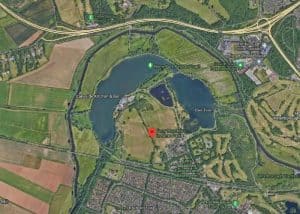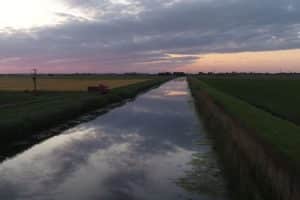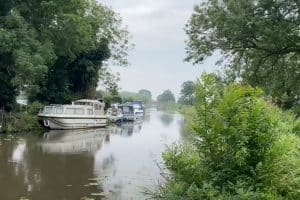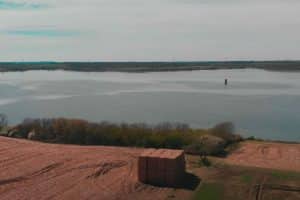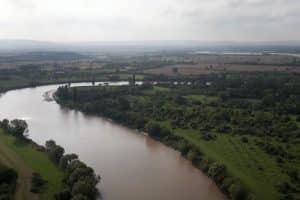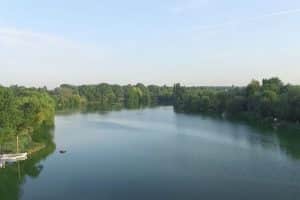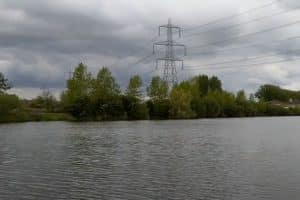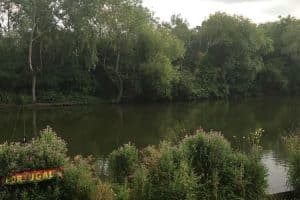Welcome to our in-depth guide on zander fishing in the UK! As the popularity of zander fishing continues to grow, we understand that anglers are eager to learn more about this elusive predator and find the best venues to catch them. Our team has conducted extensive research to identify prime zander fishing locations, offering an excellent starting point for your next angling adventure. In this guide, you’ll find a comprehensive list of top zander fishing venues, followed by an expanded section on zander fishing techniques, tips, and general information.
- Ferry Meadows Country Park
- Twenty Foot Drain
- Fingers Lake
- Trent and Mersey Canal
- Grafham Water Fishing Lodge
- River Severn
- Bury Hill Fisheries
- Joshs lake
- Stanborough Lakes Fishing
- Uckinghall Pool
- Severn Expeditions
- South Lagoon
- Gloucester Park Fishing Lake
General Information and Techniques for Zander Fishing
Zander fishing in the UK has experienced a surge in popularity in recent years as more anglers become captivated by the pursuit of this formidable predator. Native to Eastern Europe, zander was introduced to the UK in the late 20th century and have since established themselves in various water bodies such as rivers, lakes, and canals. Known for their aggressive behavior, explosive strikes, and nocturnal hunting habits, zander present a thrilling challenge for even the most experienced anglers.
To increase your chances of success, consider the following tips and techniques for zander fishing:
- Tackle and Gear: Using the right gear is essential for effectively targeting zander. Choose a medium to heavy-action rod with a fast tip, paired with a reliable reel that can handle the fight of a large zander. Braided line is recommended for its sensitivity and strength, but be sure to use a wire trace to prevent zander’s sharp teeth from cutting through the line.
- Bait and Lures: Zander are predatory fish and respond well to both live and artificial bait. Popular live bait options include small fish such as roach or perch. When using artificial lures, consider soft plastics, crankbaits, or spinnerbaits that imitate their natural prey.
- Location and Habitat: Zander are known to inhabit various water bodies, but they often prefer areas with structure or cover, such as submerged vegetation, drop-offs, or underwater debris. Focus your efforts on these areas, especially during low-light conditions or at night when zander are most active.
- Timing: The best time of year for zander fishing is during the colder months, from October to March. During this time, zander are more actively feeding, making them more likely to strike your bait or lure.
FAQs
- Where do zander fish come from? Zander fish are native to Eastern Europe and were introduced to the UK in the late 20th century.
- Should you put a zander back in the river? Be aware of local regulations, as some areas may require you to kill any zander caught.
- What is the best river for Zander in the UK? Talk about the River Avon. The River Avon is considered one of the best rivers for zander fishing in the UK. With a thriving zander population and a diverse range of habitats, the Avon offers ample opportunities for anglers to target this elusive species.
- What time of year is best for Zander? The best time of year for zander fishing is during the colder months, from October to March, when they feed more actively.
Conclusion
Zander fishing in the UK offers a unique and exhilarating experience for anglers of all skill levels. With this comprehensive guide with top zander fishing venues, expanded information on zander fishing techniques, and detailed answers to common FAQs, you’ll be well-prepared to tackle the challenge of catching these elusive predators. So gear up, explore the diverse waterways of the UK, and immerse yourself in the thrilling world of zander fishing. Your next great angling adventure awaits!

